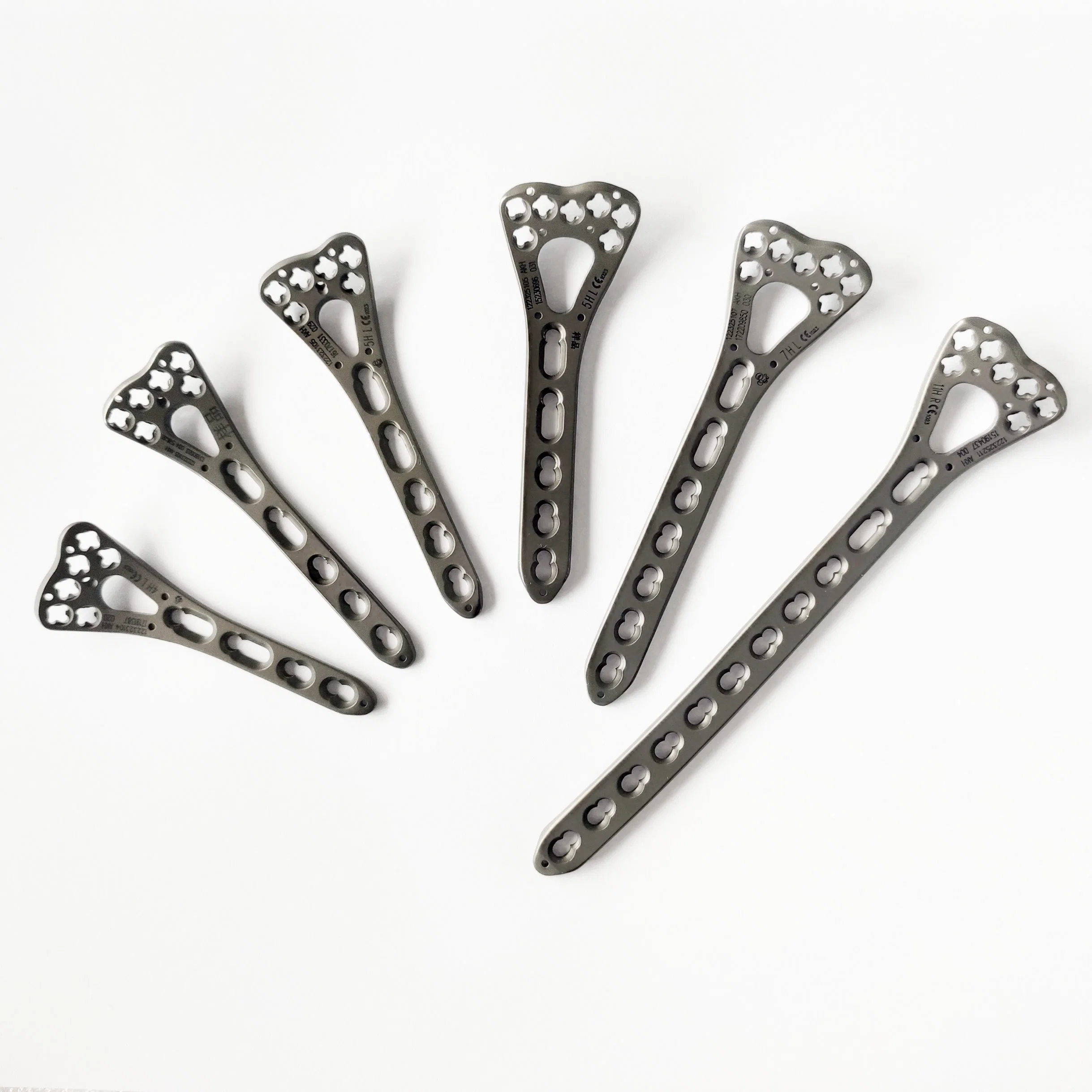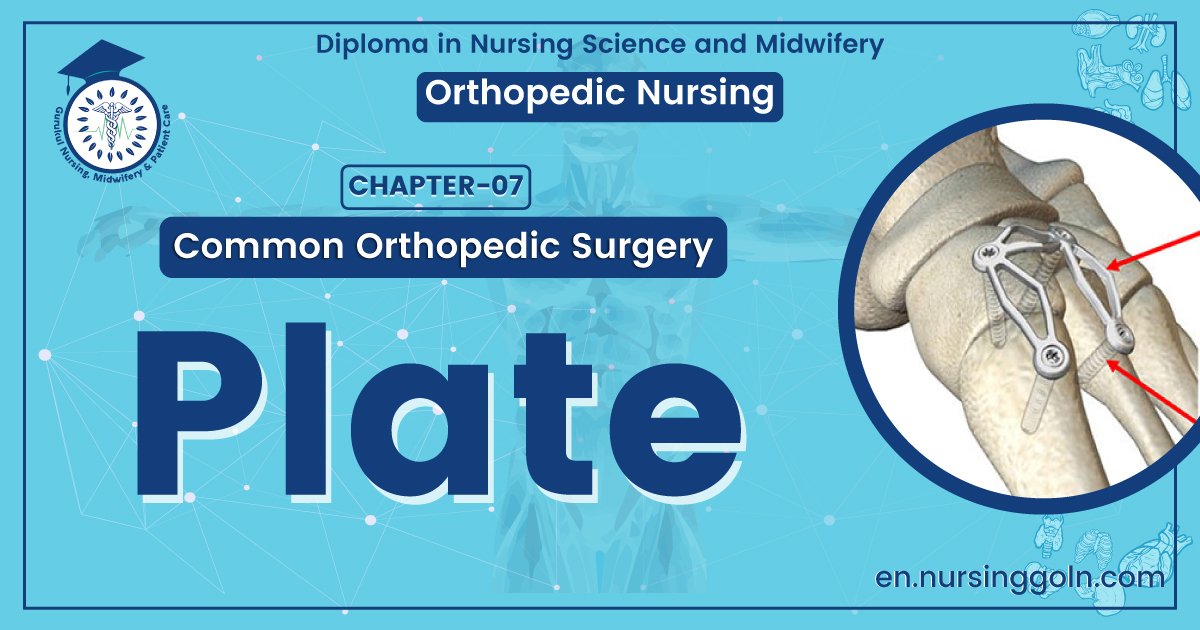Definition of Plate – An orthopedic nurse is a nurse who specializes in treating patients with bone, limb, or musculoskeletal disorders. Nonetheless, because orthopedics and trauma typically follow one another, head injuries and infected wounds are frequently treated by orthopedic nurses.
Ensuring that patients receive the proper pre-and post-operative care following surgery is the responsibility of an orthopedic nurse. They play a critical role in the effort to return patients to baseline before admission. Early detection of complications following surgery, including sepsis, compartment syndrome, and site infections, falls under the purview of orthopedic nurses.
Definition of Plate
A plate is a metallic plate used in orthopedics for external and internal fixation of bone, typically afte fractures.
Or
Plates are that metallic fixator whose are widely used for internal fixator diaphyseal fractures.
[Ref-John Ebnezar’s, “Orthopedics for Nurses”, 1″]

There are three types of plates :
A. Ordinary Plates: These just function as positional plate to hold the but will not bring about any compression between the fracture sites, used in subcutaneous locations or where extreme rigidity is not required
B. AO Plates: AO techniques aim at early mobilization of the limb by a rigid compression at the fracture site and thereby prevent the fracture disease. Rigid fixation at the fracture site can be obtaii providing compression at the fracture site.

C. Dynamic Compression Plates (DCP): These are type of heavy duty which due to their unique configuration provide compression at the site while the screws are being tightened. Thus DCP helps to fix the securely and at the same time provide rigid compression at the fracture
[Ref-John Ebnezar’s, “Orthopedics for Nurses”, 1″ edition]

Read more:
